Our first day in Beijing was at the Great Wall of China. This had been one of our bucket list items that we can cross off now. It truly is a spectacular sight. We only saw a very small fracture of the over 5,000 miles of wall that was built over 600 years ago. We elected to walk up to the wall versus taking a cable car in hopes of seeing more of the wall on the walk up the mountain. We really didn’t see the wall until we were right up to it, as it was hidden by the forest around it. Climbing up to the top of the wall and looking around was quite a sight. As far as you could see in each direction was the wall. Every 500 yards or so is a watch tower that was used for the look outs to keep the Chinese empire safe from the various invaders that threatened them. The towers are close enough together that no one could sneak up and try to climb up the wall without being seen. The wall itself varies from 20 to 30 feet tall and is at least 30 feet thick at its base. It definitely was not going to be knocked down! Unfortunately the thick Chinese smog (or red dust as they called it), prevented a clearer view of the wall in the distance but we were definitely treated to some great views. In walking along the top of the wall you had to walk up and down many steps since the wall went up and over hills and down into the valleys. Some of these steps around the watch towers were over 1 ½ feet in height. In between the watch towers there were canons located on the wall. They were very simple cylindrical iron tubes that the Chinese could use the black powder they invented hundreds of years ago. We walked for over an hour along the top of the wall (mostly up - to the top of one of the higher hills) and it seemed that one view was better than the next. There are other places in China to see different sections of the wall and you can even go see where the wall actually is built going right out into the ocean at one end. I am sure we will come back again and see the wall in one of our future trips.
It had taken us 3 hours to drive to the Great Wall from the port and it took us another 2 hours to drive into Beijing after visiting the wall. Our excursion we had arranged through a local Chinese tour company (Beijing Tour Company) included an overnight stay in Beijing. This saved us from having to drive all the way back to the port and then drive back into Beijing the next morning. Not only did this save us 5 hours of driving time it also allowed us to spend some time in Beijing at night. After checking into our 4 star Chinese hotel (which was pretty nice), we ventured off to see some sights with some friends we had met on board the ship. We walked down a pedestrian shopping street that sort of reminded us of New York with all the bright neon signs everywhere. Our first stop was at a shop that sold candy and pastries. Most of the candies seem to be more fruit oriented. We bought a few things and tried them as we continued to walk down the street. We later stopped at one of the tea shops and bought a cold Rose tea. We were going to walk to Tiananmen Square but stumbled across a Chinese night market filled with various vendors selling some very strange food items. One of the first items we noticed were these sticks with live scorpions on them wiggling around. They took these sticks and cooked them over a fire to have nice crispy scorpions. We passed on this delicious food item. Shortly after that we saw another vendor with a large mound of noodles he was selling. These turned out to be sea worms; another delicacy we passed on. There were some items that looked pretty good and we even tried some. Sharon bought a long stick with a sugary fruit on it. We saw many people eating these and it was pretty good although we never really learned what the fruit was. It sort of tasted like a juicy plum with large seeds in them that you had to spit out. We saw rice in many different colors served on a stick. Ice cream that was piled in an egg waffle that we had tried while in Hong Kong. There was an interesting item that looked pretty good where they put a shrimp in a small muffin pan and cooked an egg over the shrimp. You could pick it up by the shrimp tail and eat it, but the egg was definitely NOT a chicken egg. Since most people didn’t speak English, you were at your own risk to try things and not really know what you might be eating! We really enjoyed the nice walk in the city to visit the stores and market as the temperatures were nice and cool but not cold.
The next morning we headed out to explore the city with our tour guide. Our first stop was Tiananmen Square which is the largest public square in the world and China’s spiritual center. At the square you can see Mao Tse-tung’s burial mausoleum. Tens of thousands of Chinese pay their respects to him every day. In the daytime his tomb is on display and at night it is lowered into the ground. We were told by our guide that 70% of the Chinese people loved him when he came into power. People took trains from all over China to come to Peking (Beijing now) to get a glimpse of him. The people were given free food on the trains to come see him. Other people literally walked thousands of miles to come see him. He was considered a leader of the people and the farmers loved him. The other 30% of the Chinese didn’t love him because he closed down ALL schools in China for over 10 years and stopped all religious practices in the country. Also seen in Tienanmen Square is the 10 year monument (in celebration of 10 years of communism) and the people’s monument which was erected in honor of the students and people that gave their lives 30 years ago in one of the rare political demonstrations in China.
Our tour then went to the Forbidden City which is right across the road from the square. In front of the entrance we saw several soldiers at attention with riot gear at their feet in case it was needed. As we walked through the gates of the Forbidden City there were guards in civilian clothes who looked like Chinese Secret Service. When you walk into this “city” you have to be impressed with it size (over 180 acres) and the number of buildings (over 900) it contained just to accommodate the emperors of the Chinese empire. It was built 600 years ago by the Ming dynasty and for 500 years housed the emperors of both the Ming and Qing dynasties. No one was allowed in this city except the emperor and his servants (- his 3000 servants!). It was called the Forbidden City because no one else was allowed inside its walls. The walls were built high (30 feet) and thick (20 feet) with a moat (150 feet wide) around them in order to ensure the safety of the emperor. No trees were allowed inside to prevent assassins hiding in them. All the men servants were eunuchs (castrated men), and there were hundreds of concubines for the pleasure of the emperor. This was actually considered an imperial residence as opposed to a palace yet the Forbidden City has several palaces within its walls. There is also a very unique Imperial Garden that should be in full bloom in another 2 or 3 weeks. The architecture of the buildings is truly amazing when you consider it was built over 600 years ago. The use of jade throughout the city provides some beautiful artistic touches. The material to build the city came from all over China. Everywhere you look around the city are huge iron pots (4 foot tall and in diameter). These pots contained water to put out any fires that might occur in the city. It has been open to the public since the mid 1900’s and 100,000 people visit it each day. As we were leaving the Forbidden City we saw several Chinese wedding couples having their pictures taken outside with the city towers in the background.
After our visit to the Forbidden City we went for a traditional Chinese lunch. It was very similar to what we had had the day before. After lunch we went to the Temple of Heaven that was built for the emperors to worship their gods and pray for good crops. The temple is made up of some very unique buildings and is located on a very large park. While at the temple we went to a tea ceremony to be shown the different types of Chinese tea that is available. We were given samples of the most popular types of teas and shown how it is traditionally made and drank. After the ceremony we were offered the opportunity to buy the tea and tea sets available.
This concluded our tour except for our long ride back to the port. Also included in the pictures are several shots of the bicycles, mopeds and cars driven in the area. Traffic in Beijing is terrible as in any large city that has more than 20 million people. You will notice that many of these mopeds and motorcycles had gloves and or jackets attached to the vehicle. This was very unique where the rider just sat on their bike and fit their hands into gloves that were physically attached to the handle bars. Most of these riders also had a coat that was similarly attached to provide a “windshield” as they drove. It was very different to see. We were told that if you lived in Beijing your public education was not free unless you were actually born there. Many people who work in the city and rent apartments must send their children to school in the city or village that they came from in order to give them a free education. Buying property in China is like most places we have visited in Asia. The price to purchase a very small 2 or 3 room apartment would cost you 2 or 3 million (US) dollars. Most people have to rent apartments. What was a little different here though, is that many of these apartments do not come with a bathroom! There are public bathrooms all around the city that are available for the residences to use since they do not have bathrooms in their apartments. When we were walking the free night we had in Beijing, we observed an older Chinese man in his pajamas going to one of these public bathrooms. They shower in these bathrooms and even wash their clothes there. In some of the bathrooms in the restaurants you will see a sign on the ladies bathroom stalls showing whether it was a western toilet (it has an actual toilet seat) or an eastern toilet (it is a urinal in the ground that you squat over). Fortunately all the men’s rooms had traditional urinals. Chinese life is certainly very different from ours and we are certainly glad we live in the good old USA!
We depart Celebrity Millennium tomorrow in Shanghai and hope to see as much as we can during our 4 day stay before departing to Singapore.
Sharon & Greg
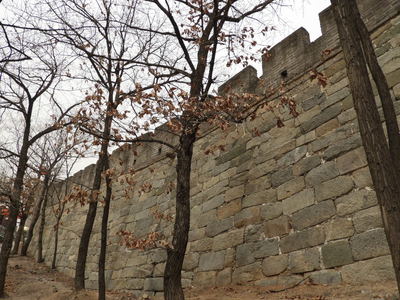
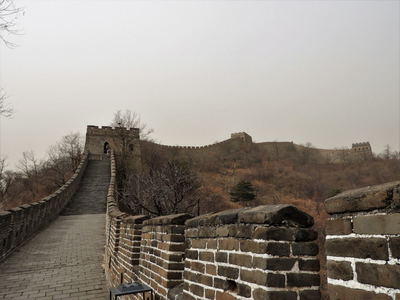
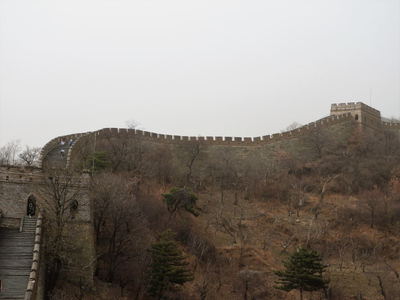
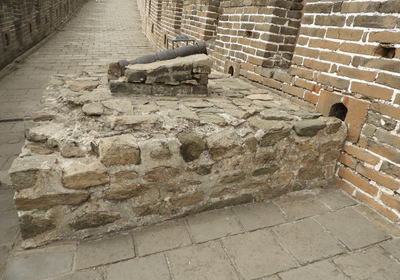

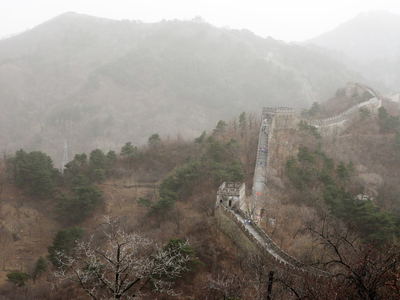
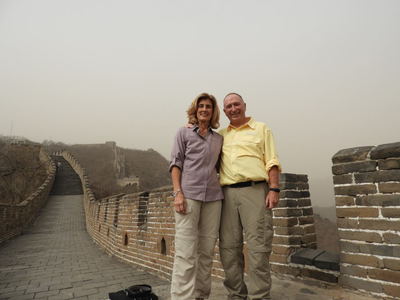
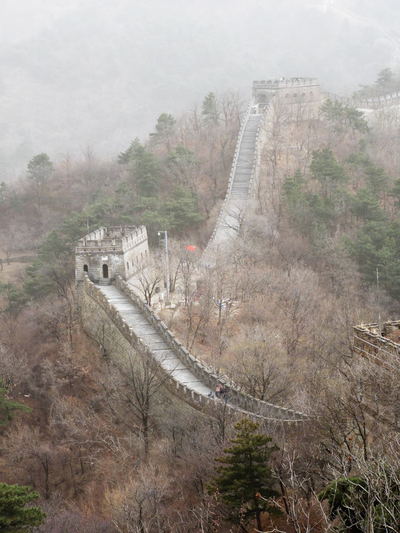
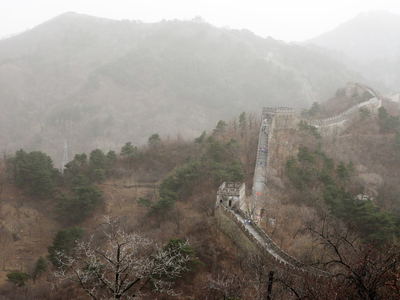
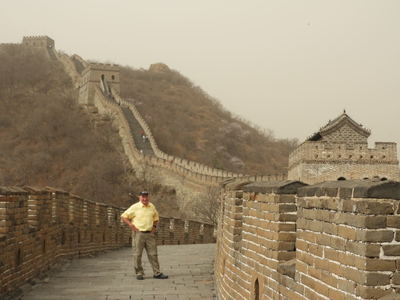
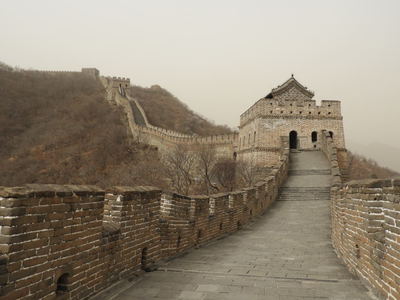
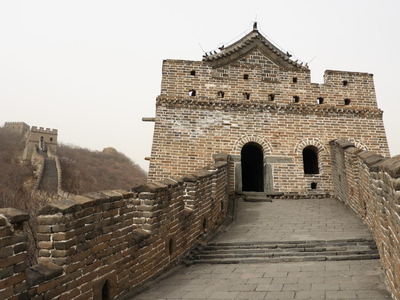
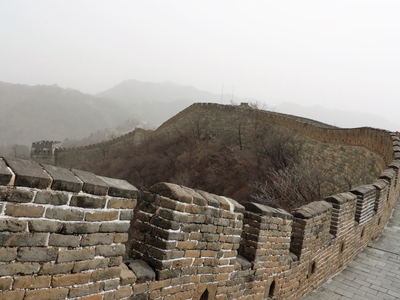
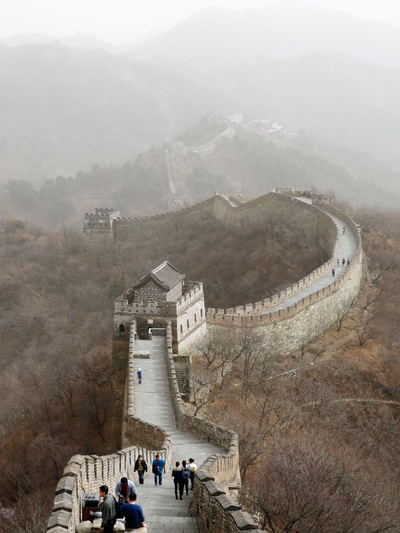
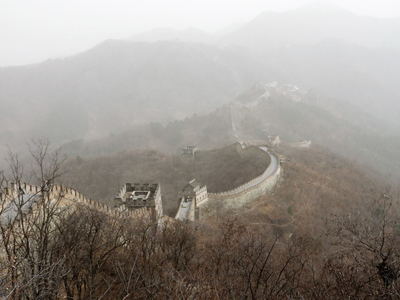
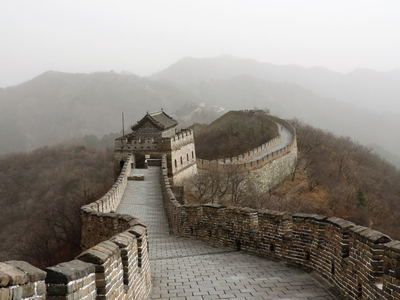
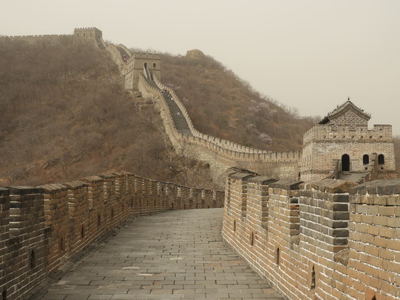
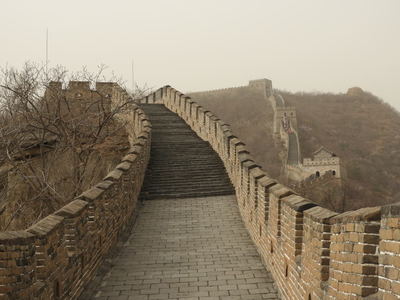
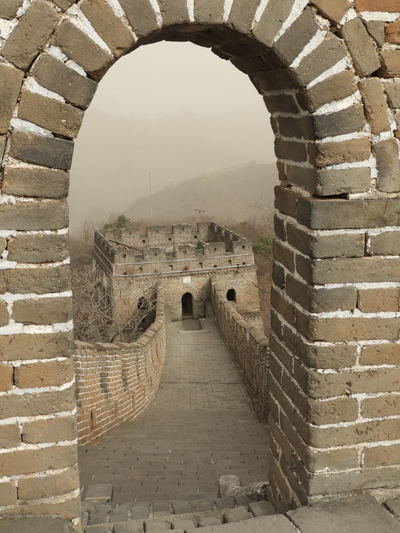
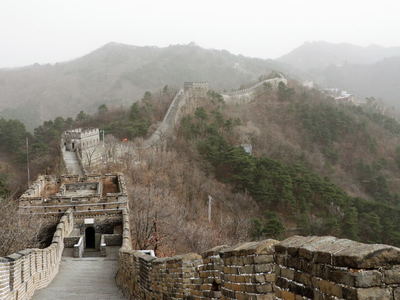
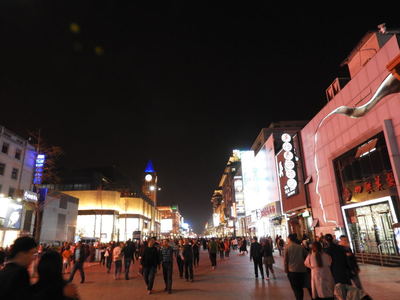

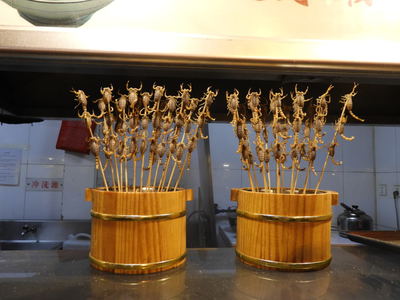

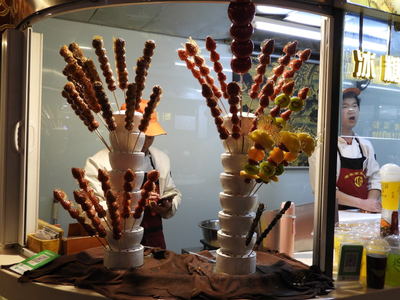
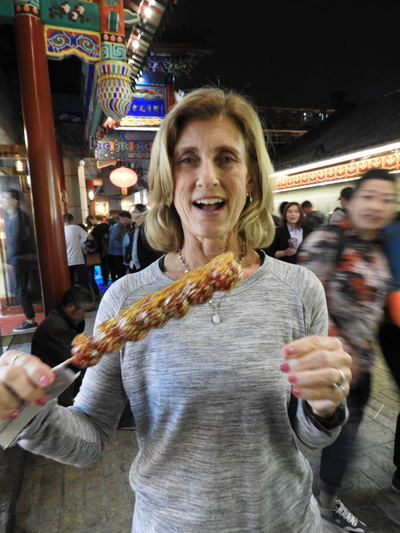
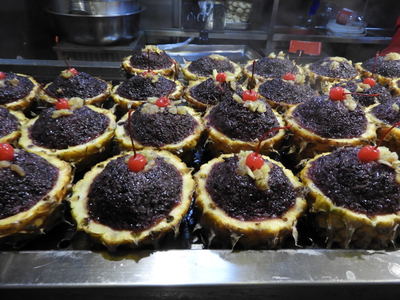
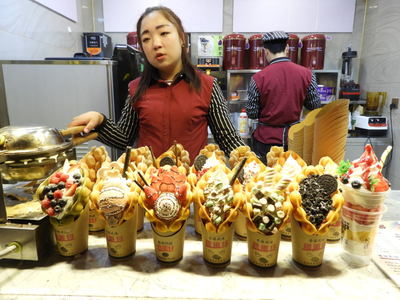
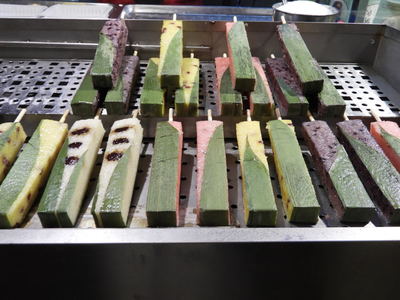
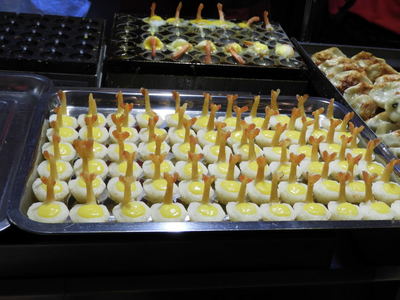
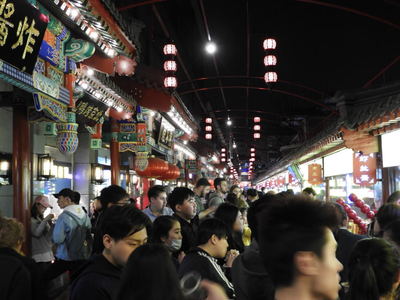
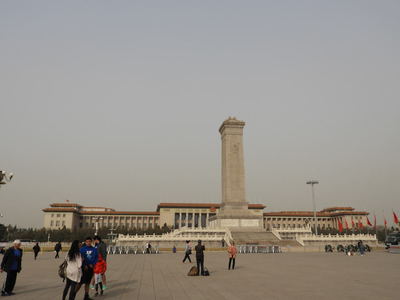
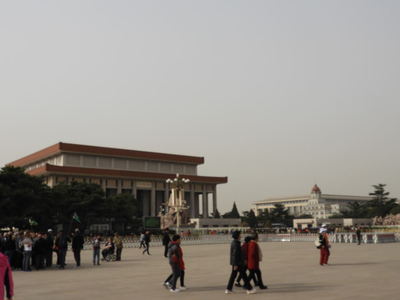
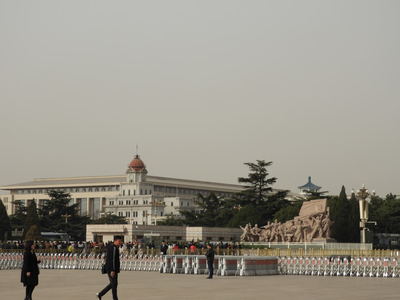
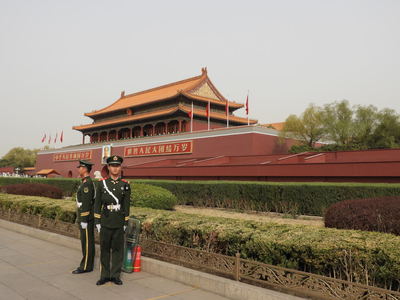

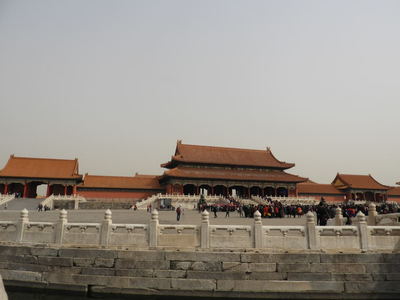
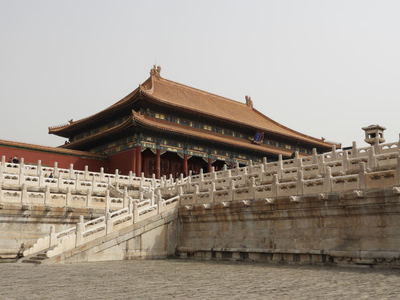
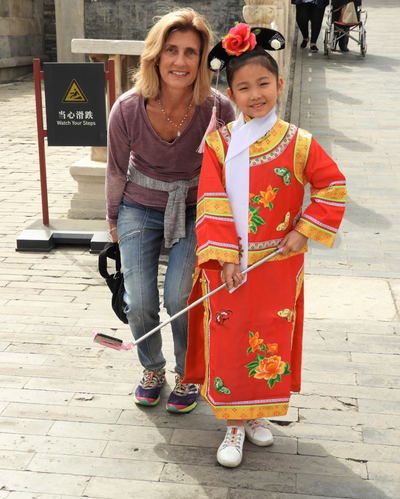
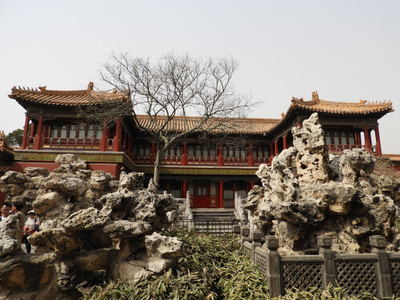
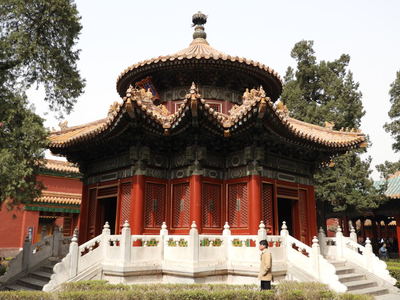
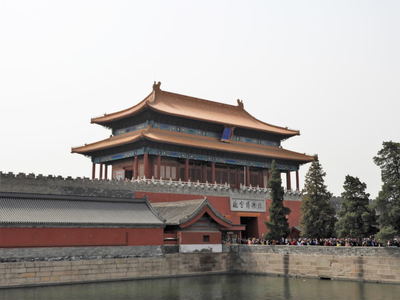
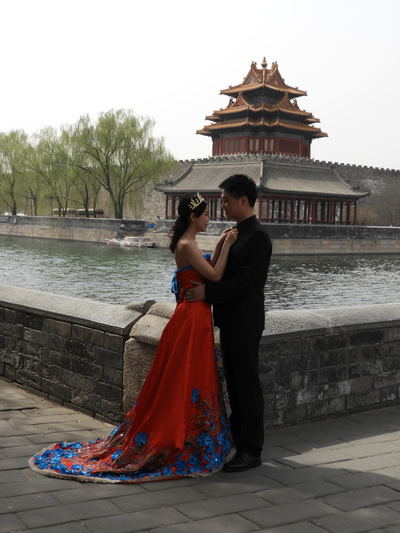
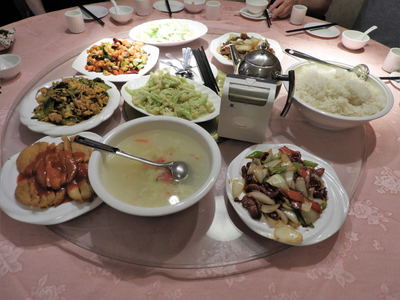
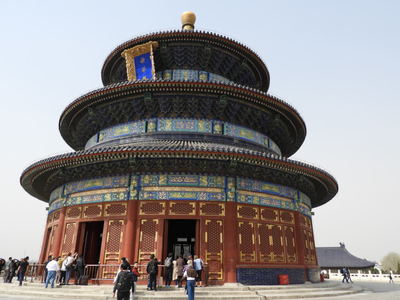
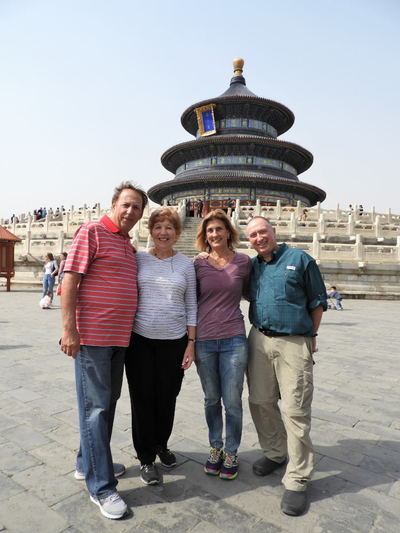
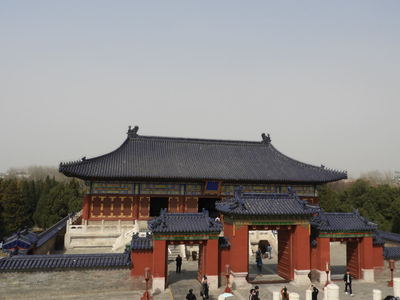
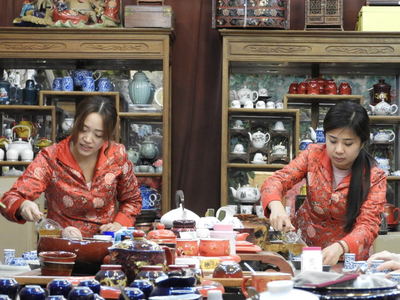
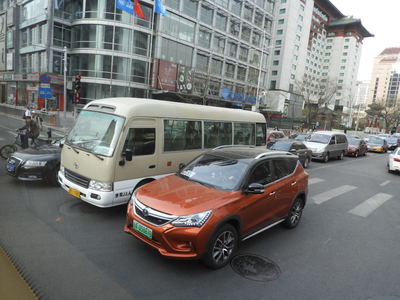
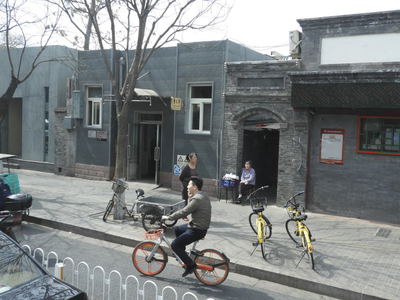
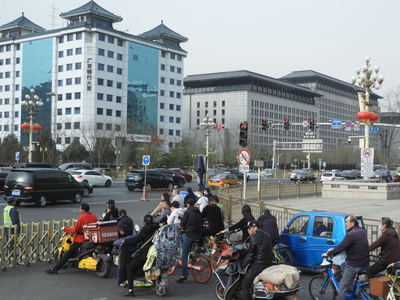
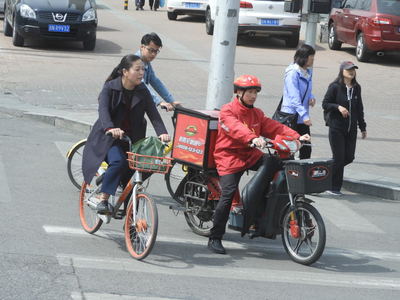

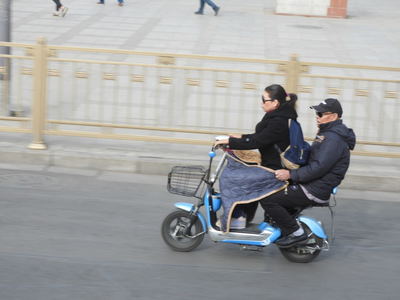

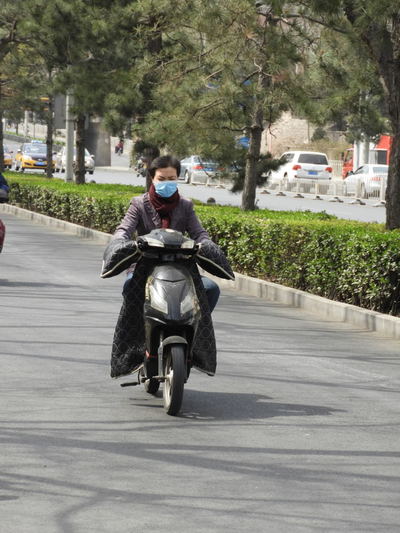
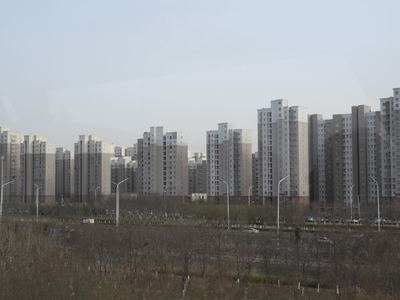
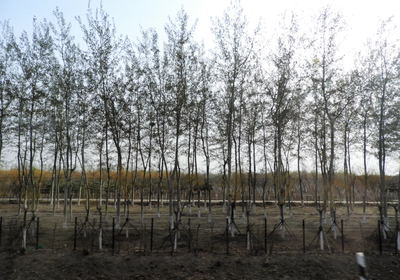
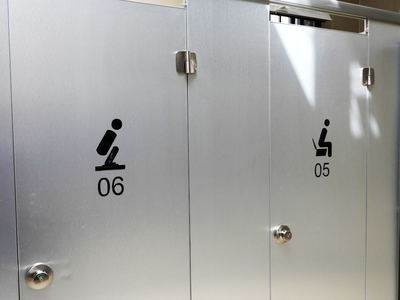
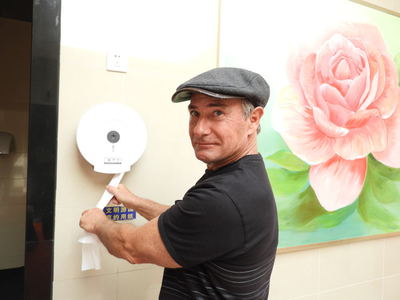
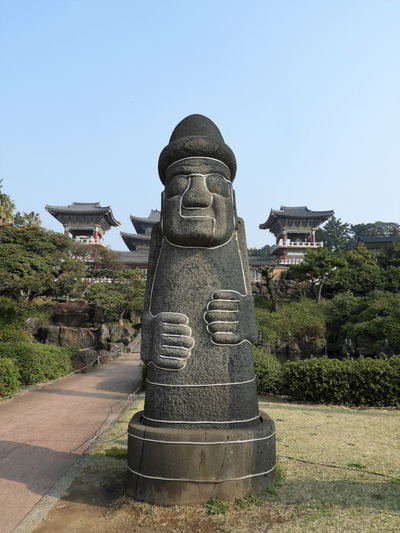
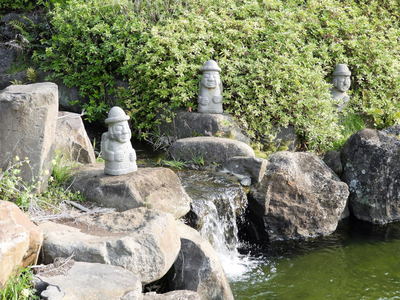
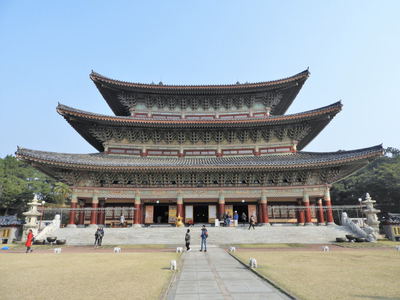
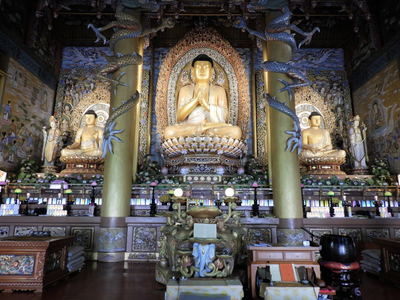
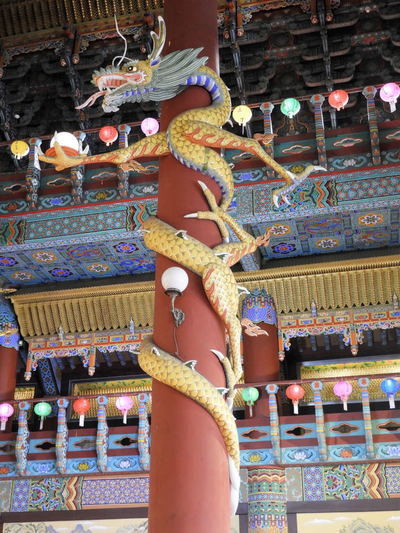
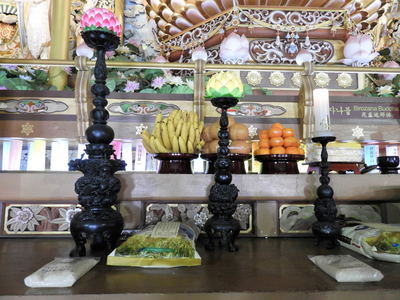
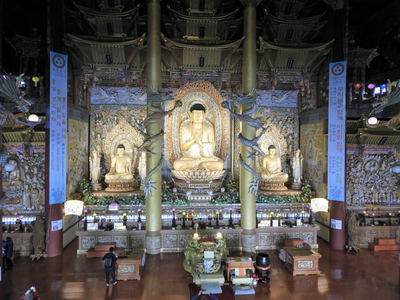

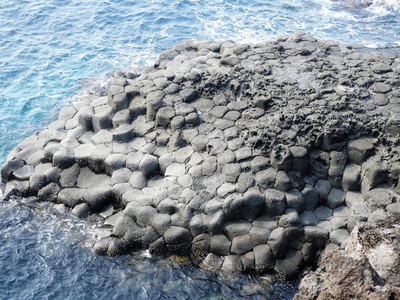

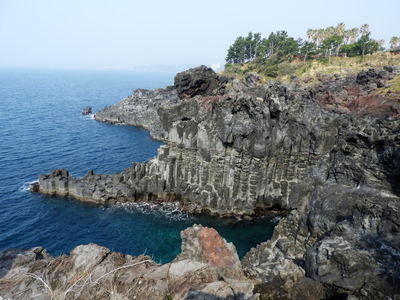
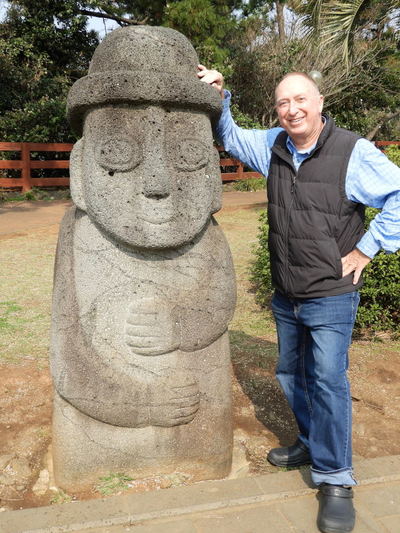
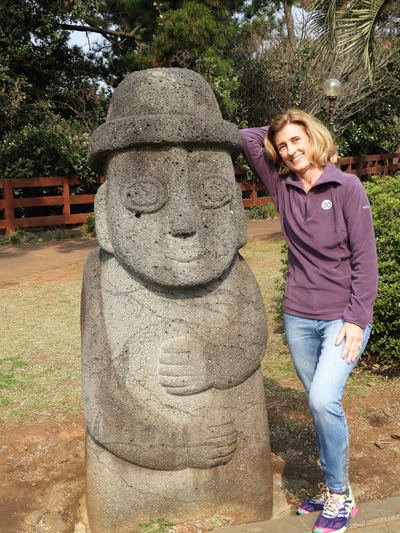
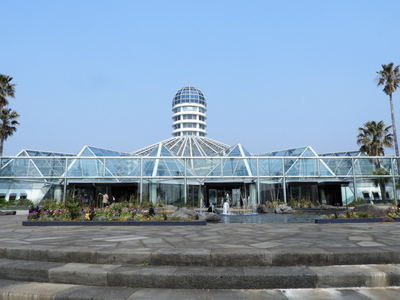
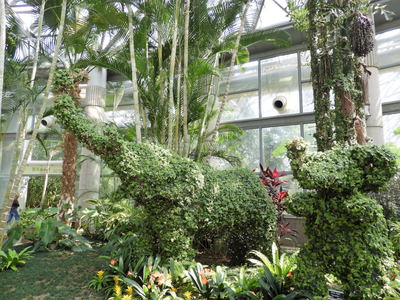
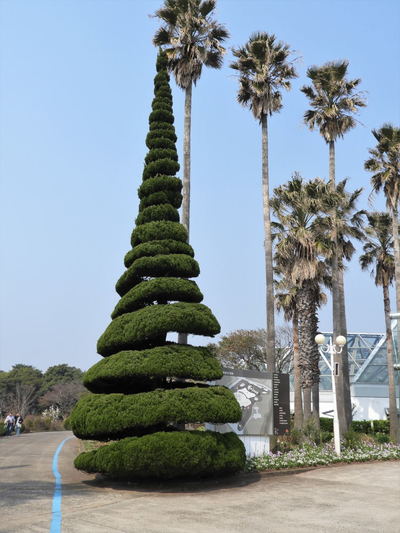
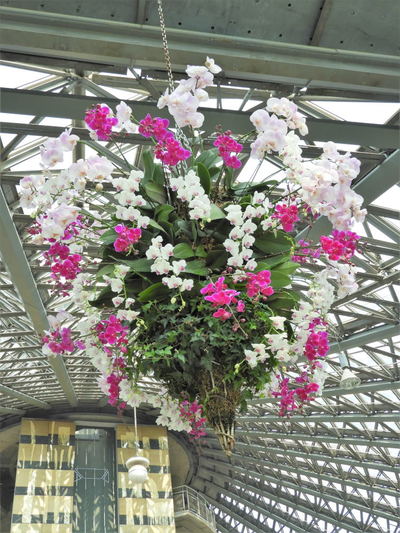

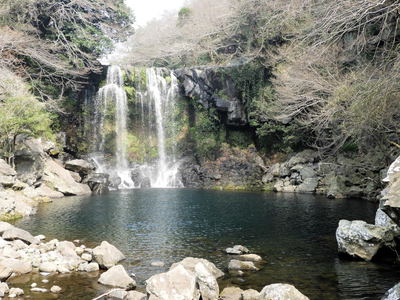
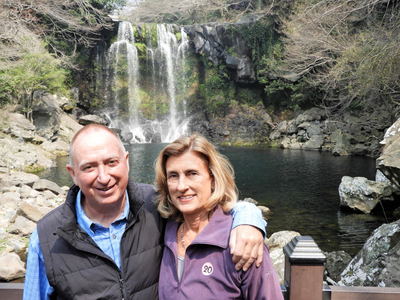
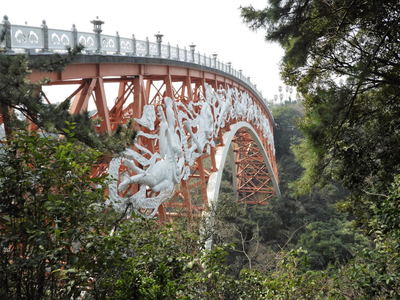
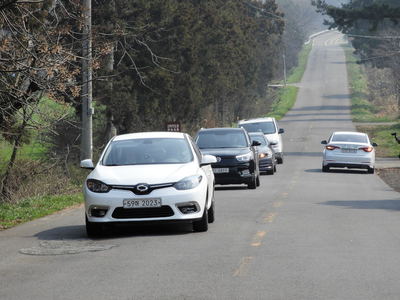
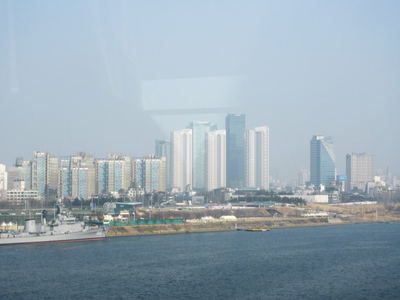
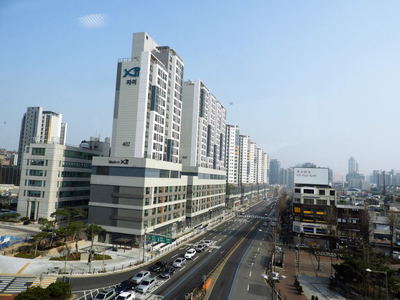
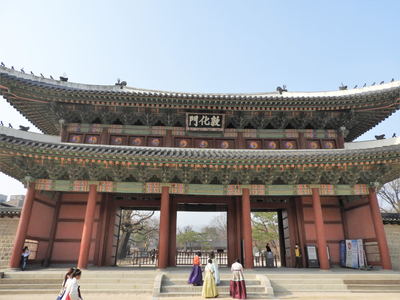
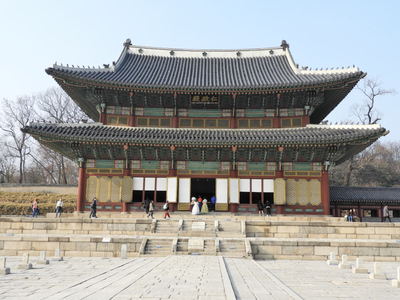
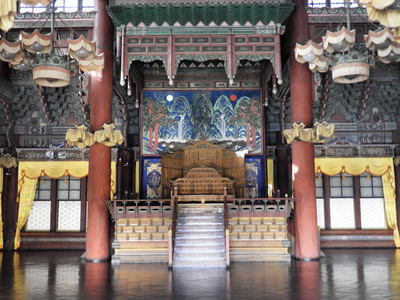
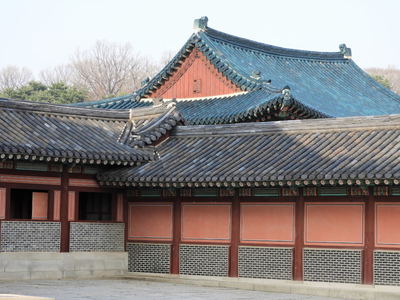
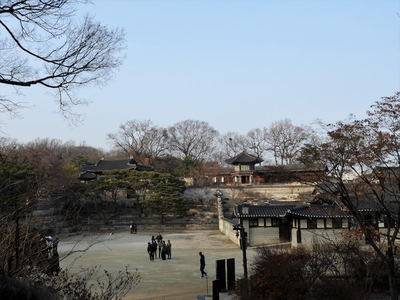
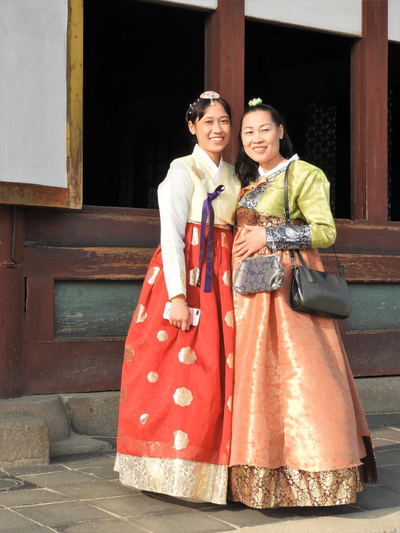
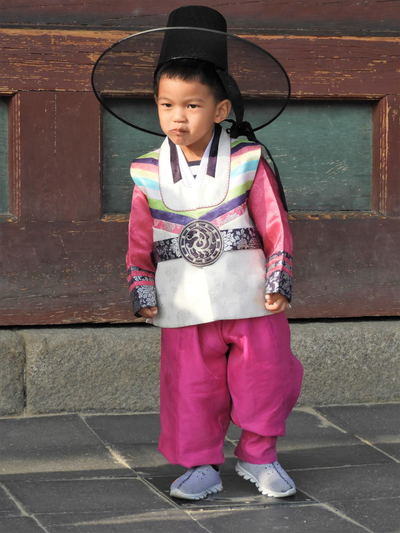
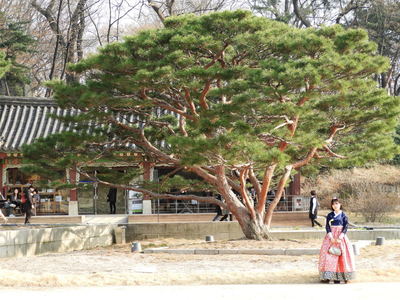
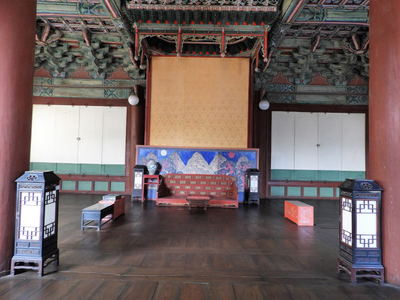
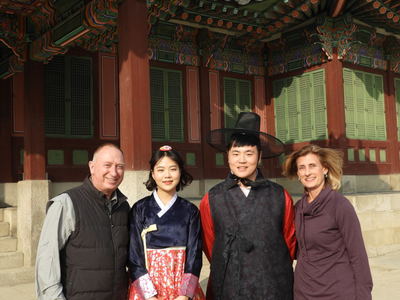
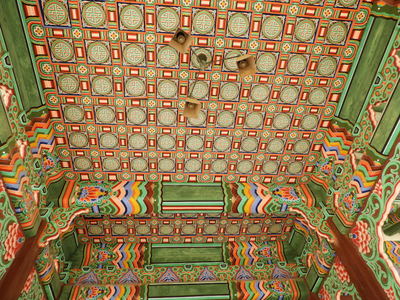
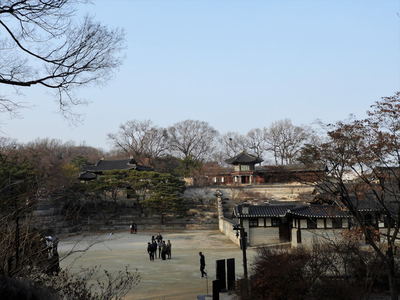
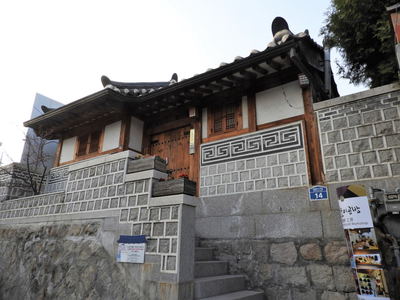
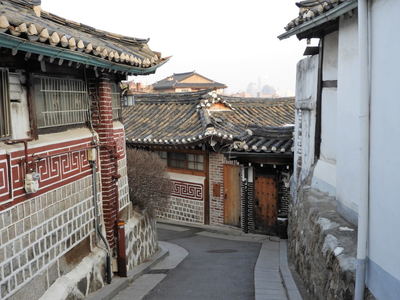
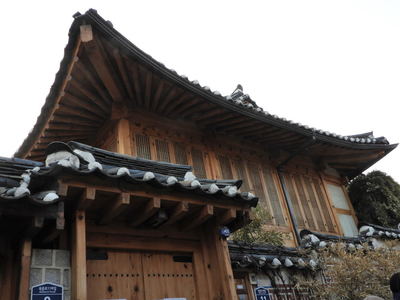
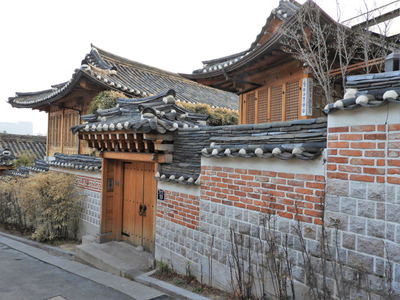
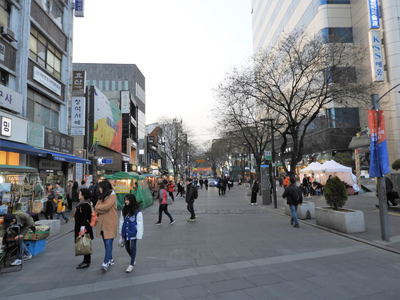
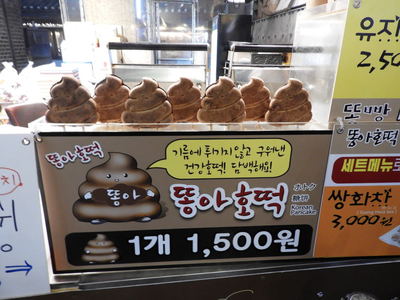
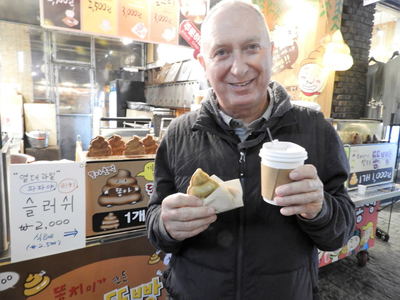
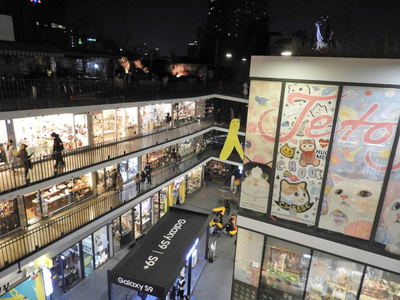
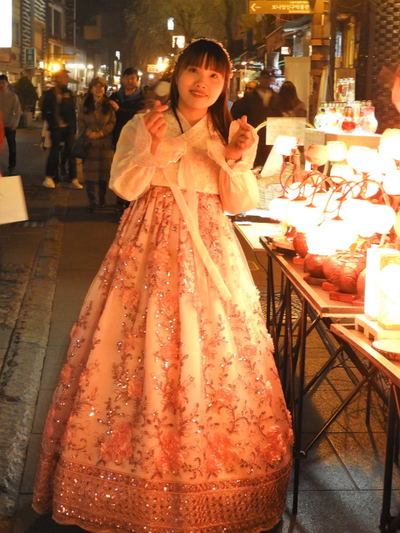
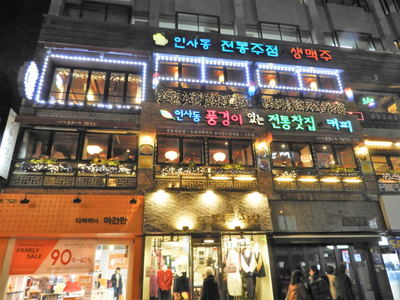
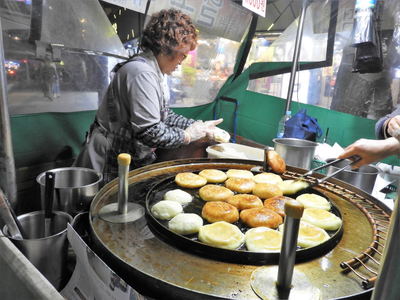
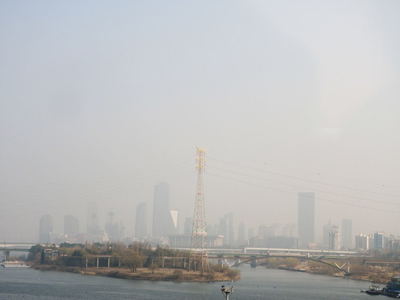
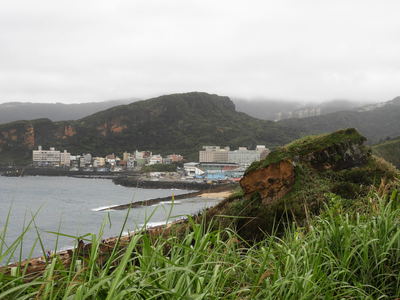
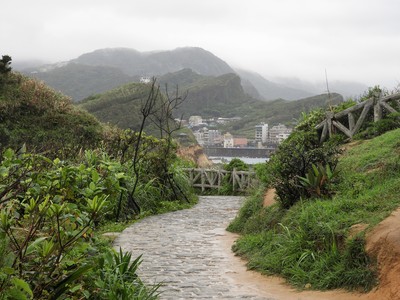
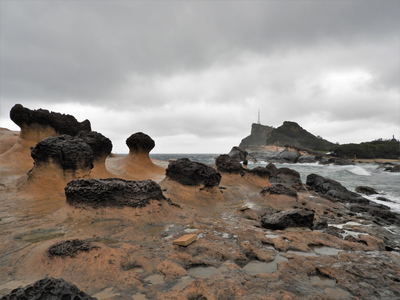
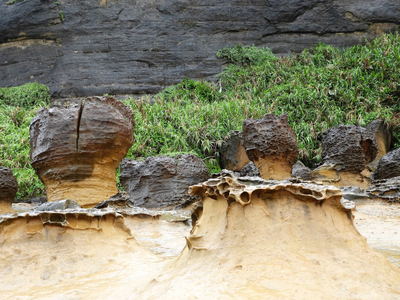
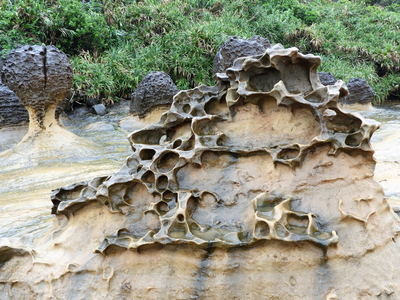
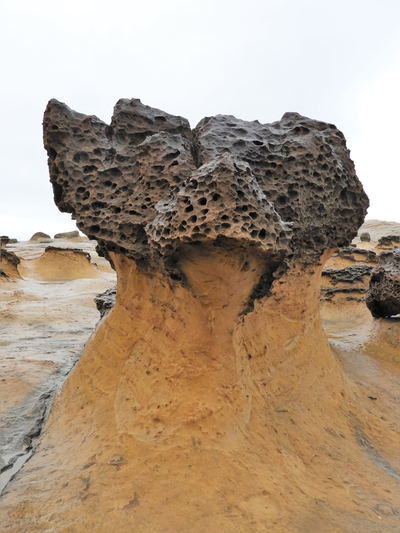
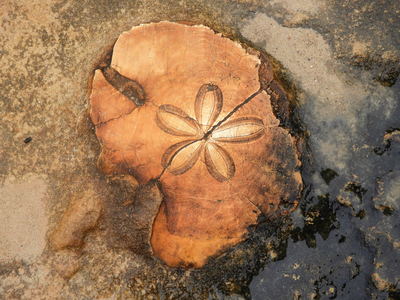
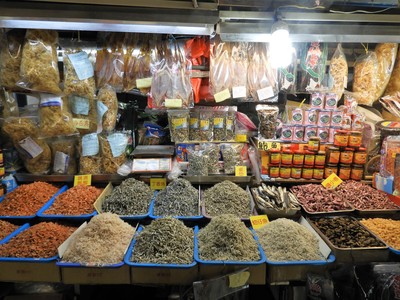
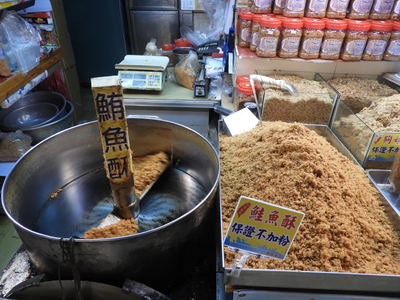
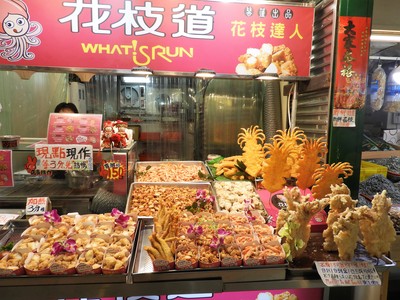

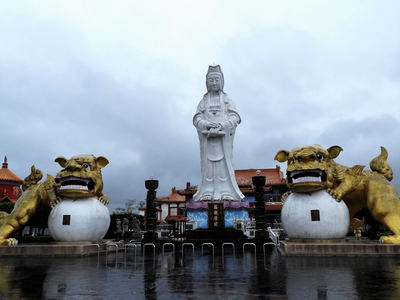
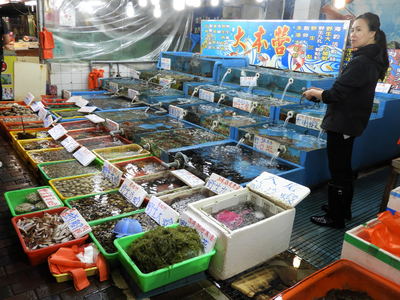
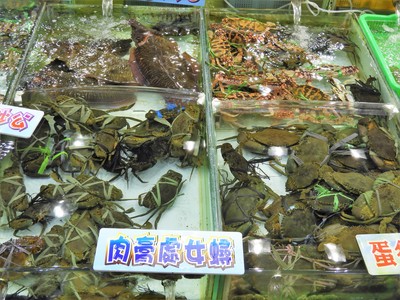
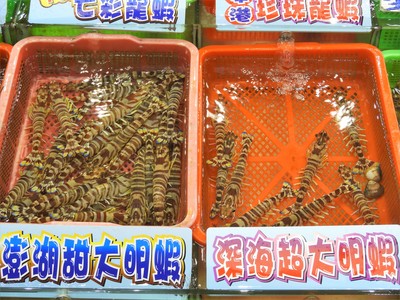
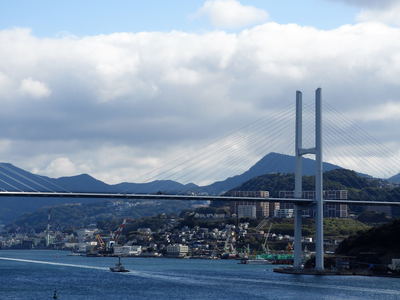
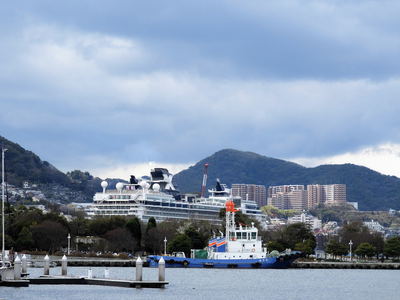
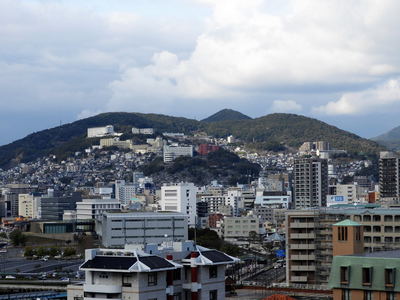

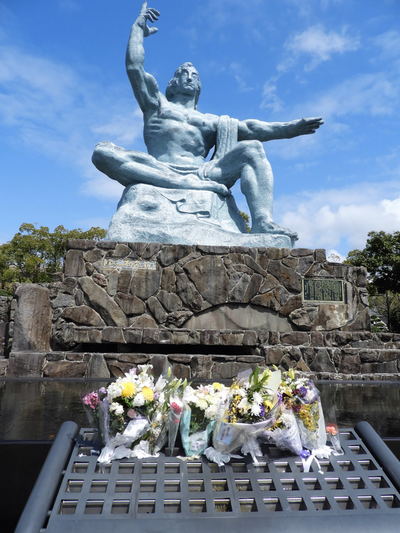
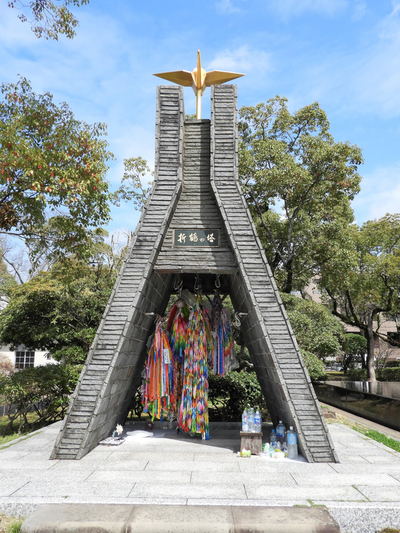
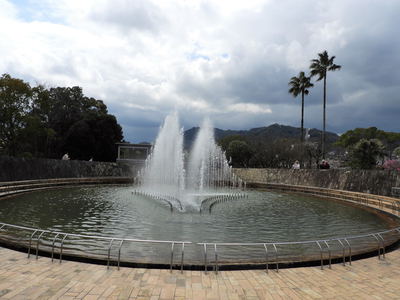
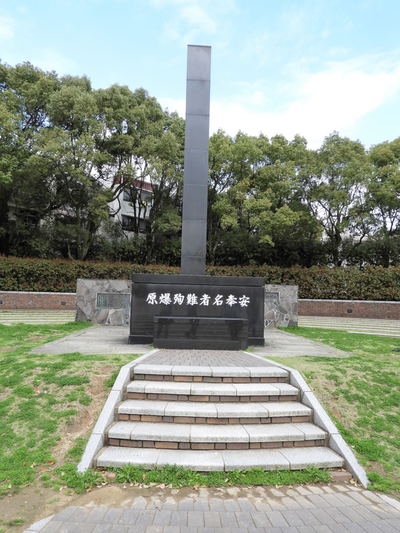
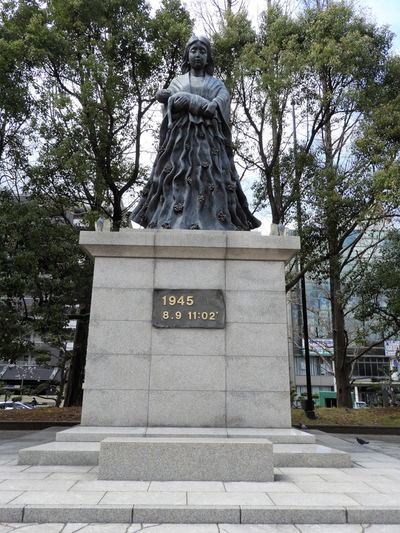

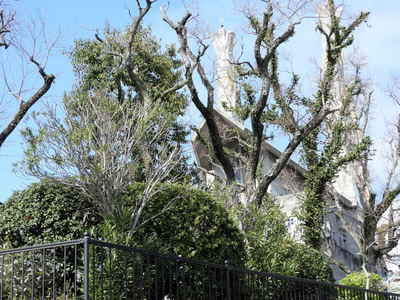
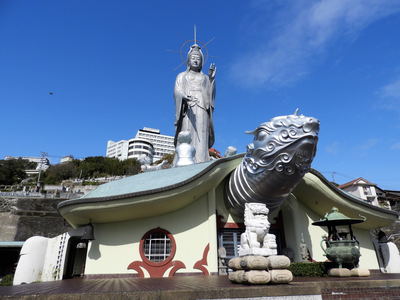
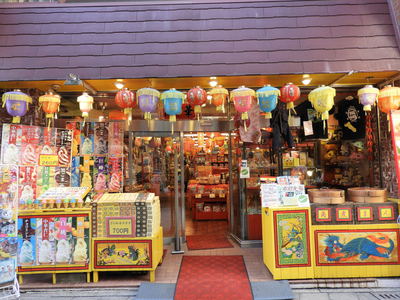
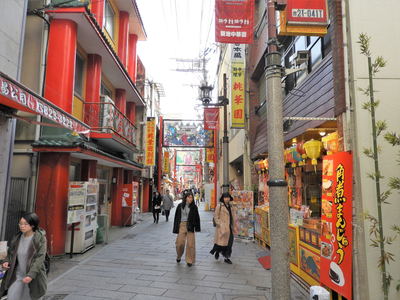
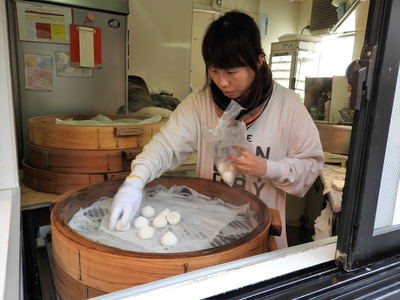
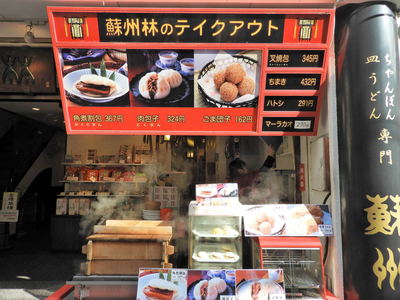
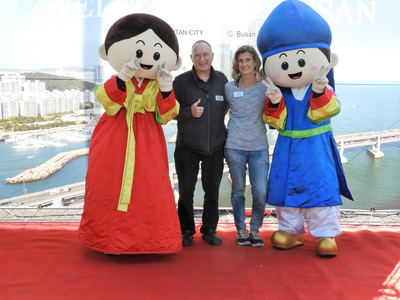
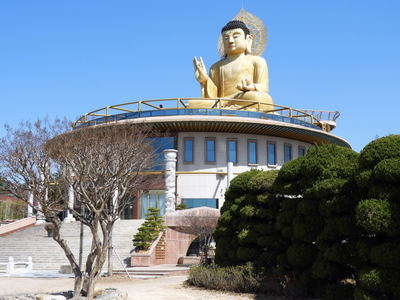
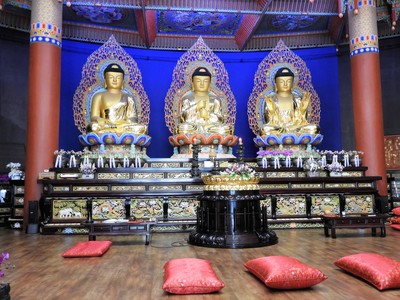
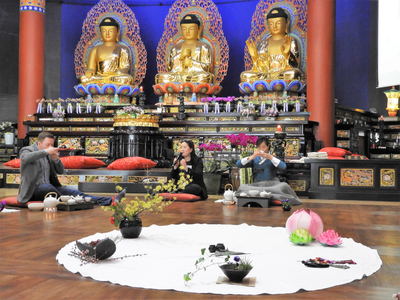
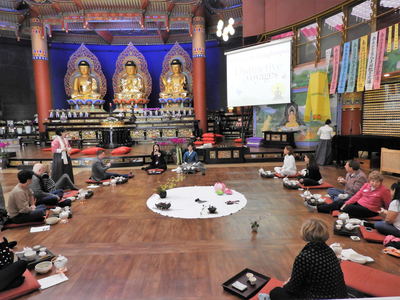
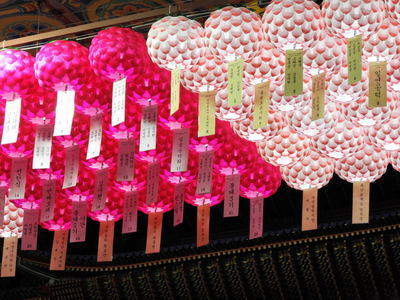
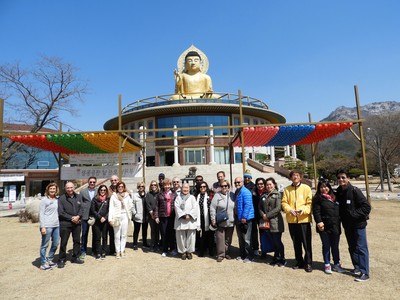

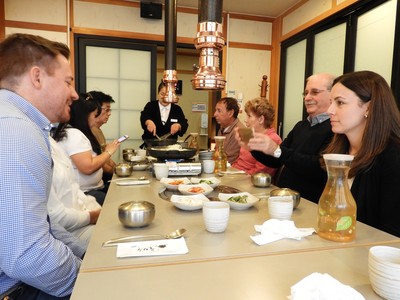
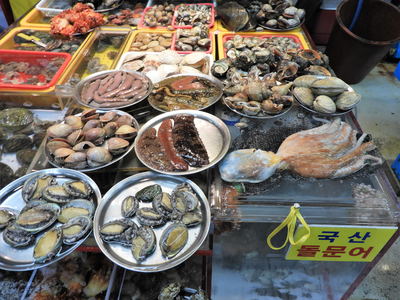
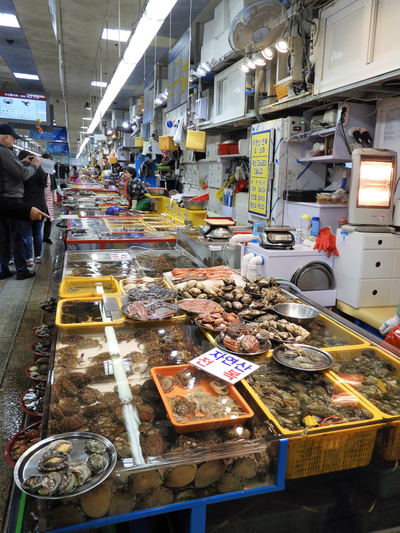
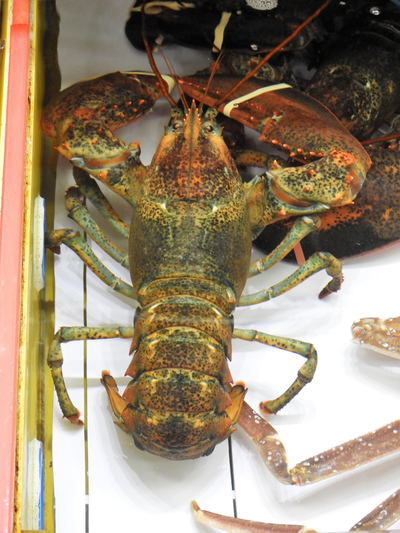
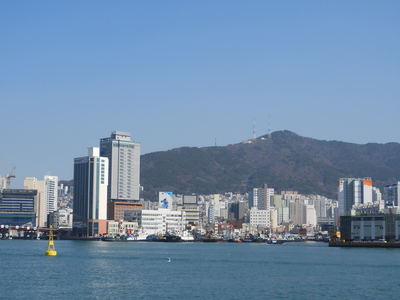
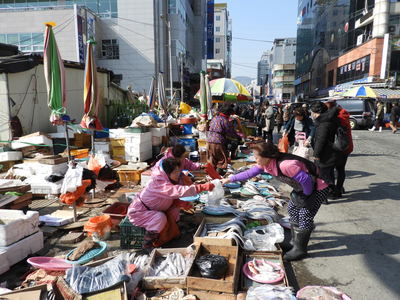
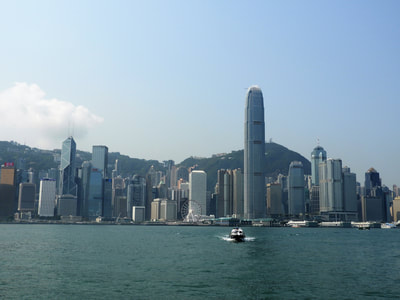
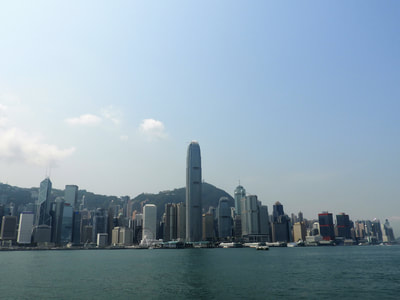
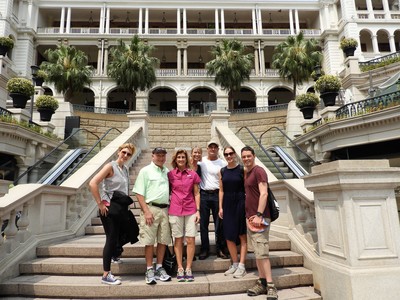
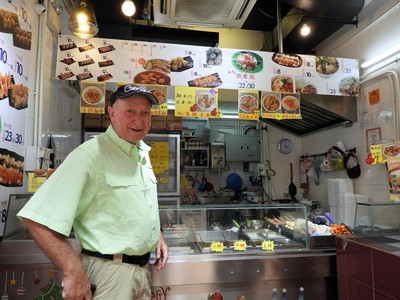
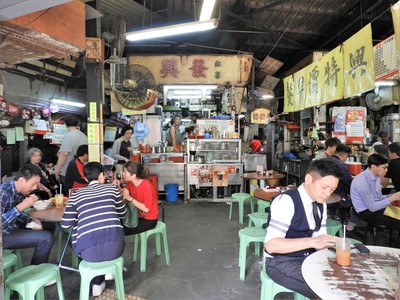
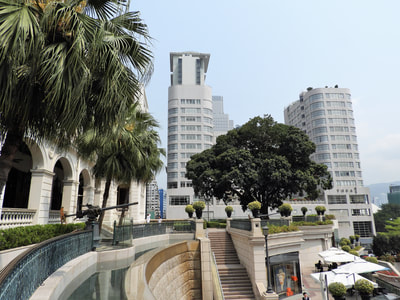
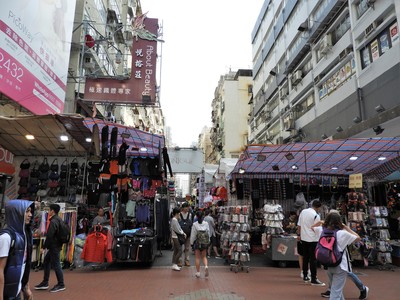
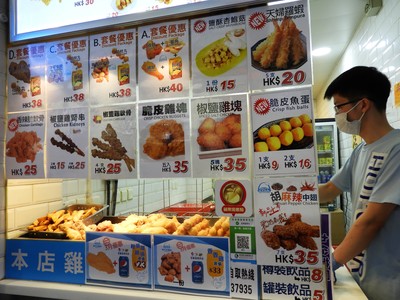

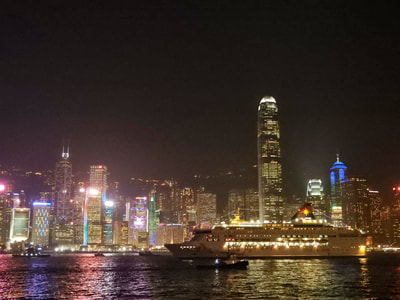
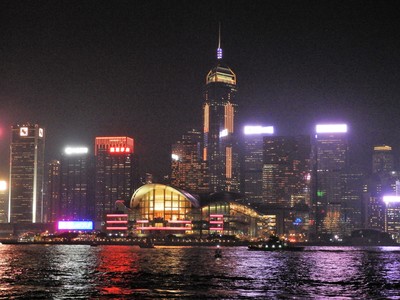

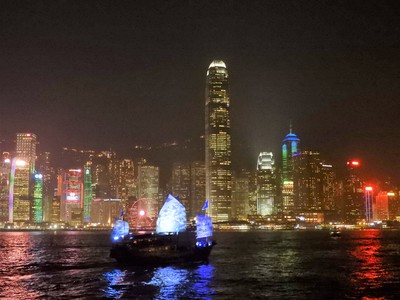
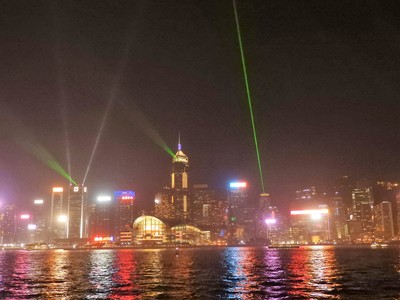
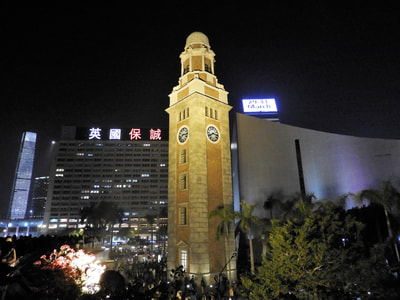
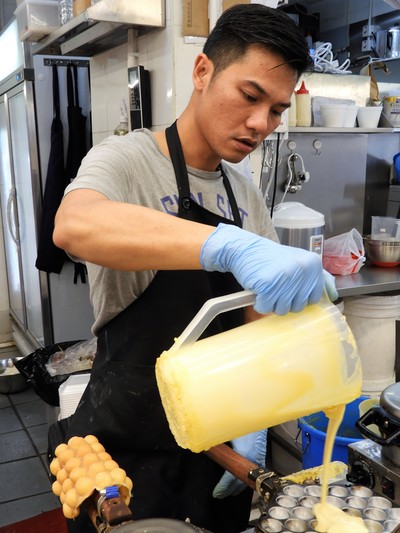
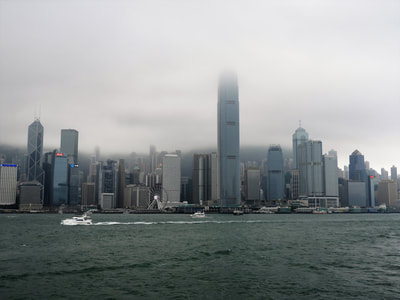
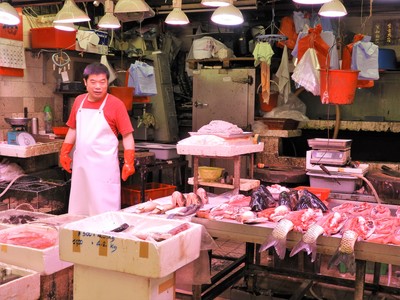
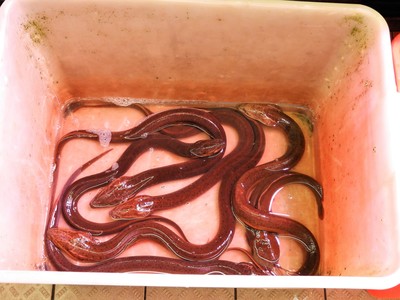
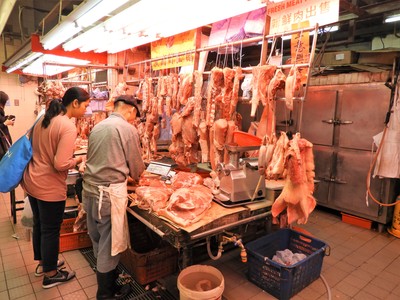
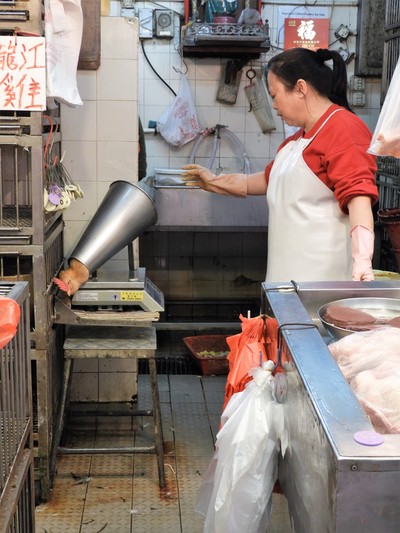
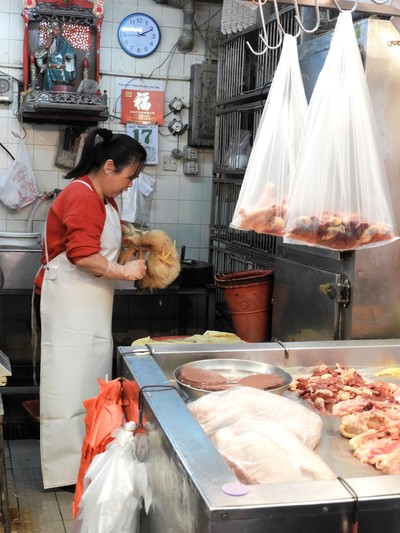
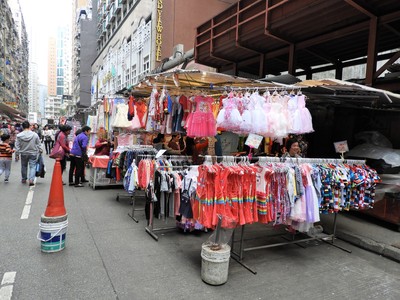
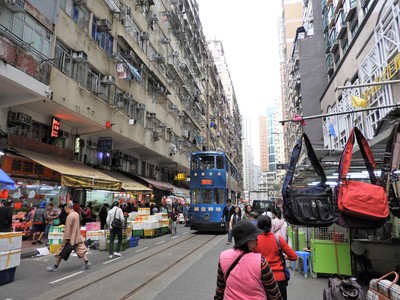

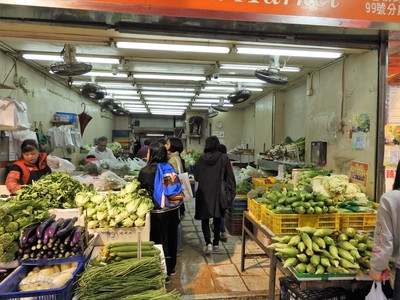
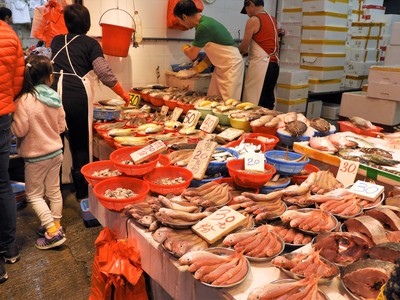
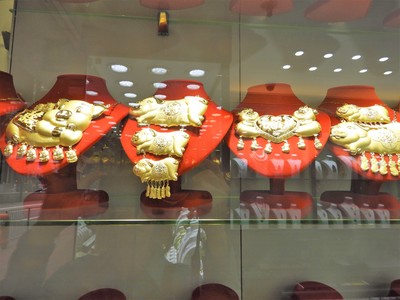
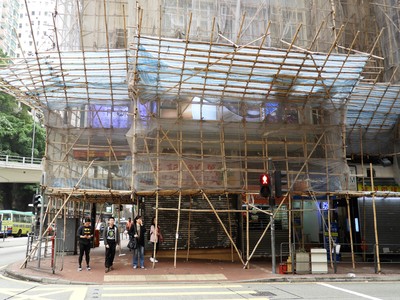
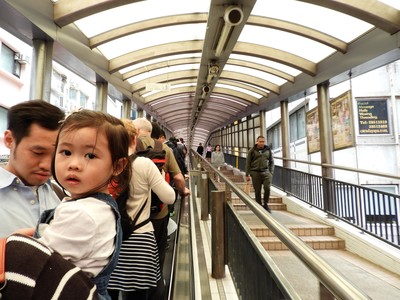
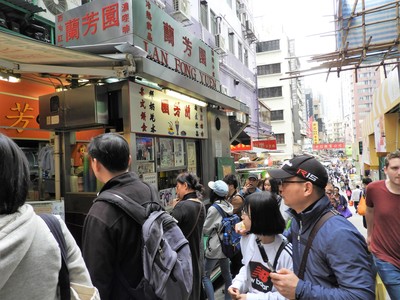
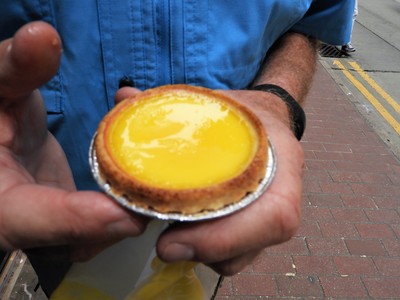
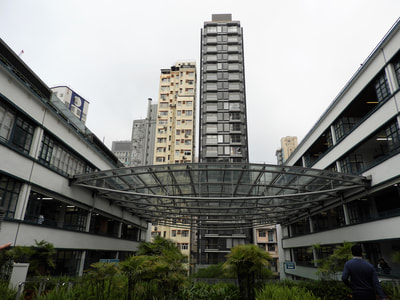
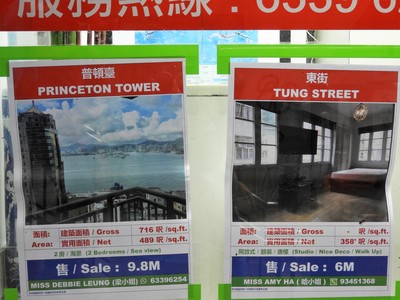
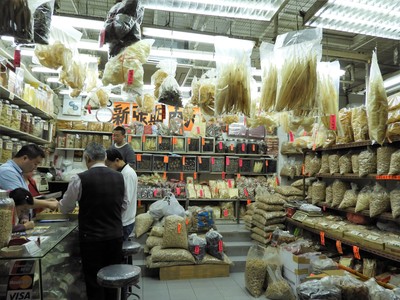
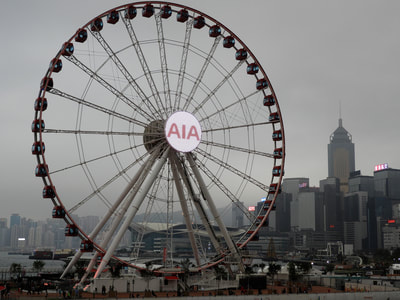

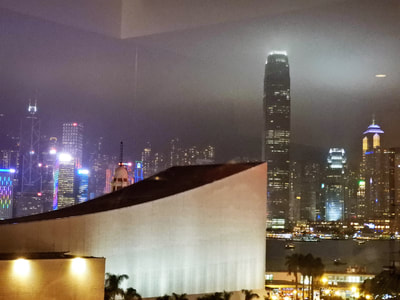
 RSS Feed
RSS Feed

